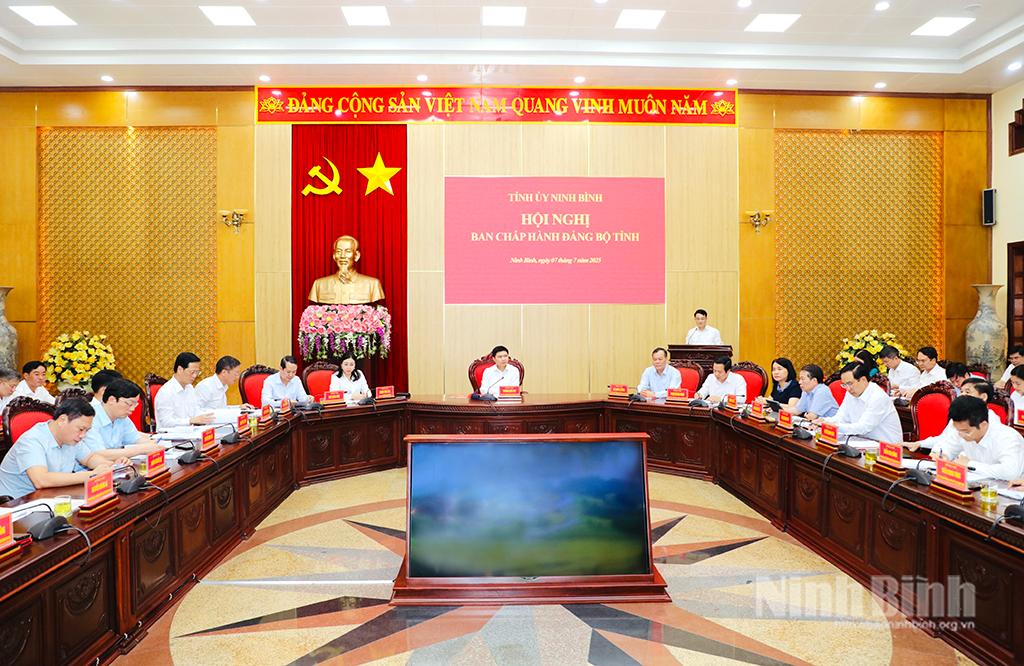Seminar seeks to re-position Vietnam's agricultural market

Themed "Vietnam Agriculture Outlook 2017," the event was held by the Institute of Policy and Strategy for Agriculture and Rural Development (IPSARD) and Economic Department under the National Assembly Office.
At the workshop, experts updated the latest forecasts for Vietnam's agriculture in 2017 and the next 2-3 years, while discussing feasible solutions for the development of three key commodities: rice, seafood and vegetables.
According to IPSARD Director Dr. Nguyen Do Anh Tuan, Vietnam's agriculture has decent supply capacity. Whenever there is a change in market demand, especially when the export market shows signs of high demand, domestic supply has the ability to rise rapidly.
Over the past few years, Vietnam's agricultural sector has made great efforts to restructure and open up markets, restructure agricultural products and reorganise production to meet market demand. However, the agricultural sector is still "fragile" with several agricultural products needing "rescue" due to a surplus in supply. This highlights how research agencies and policymakers are challenged with the task of providing accurate information in order to meet the market needs.
Dr. Tuan said that during market fluctuations, it is necessary to analyse thoroughly, as agricultural product prices could spike in the future and when the market flares up, it is important to keep up with the market. In the long term, it is necessary for the agricultural products market in Vietnam to move towards sustainable development whilst creating higher incomes for farmers.
In the past the agricultural sector has relied heavily on investment from the State and local famers but according to Dr. Nguyen Dinh Thien, Director of the Vietnam Institute of Economics, many enterprises have started to pour investment and modern technologies into the sector. Therefore, it is necessary to further strengthen the relationship between businesses and farmers.
It is necessary to reconsider the process of agricultural and rural development in Vietnam, not only concerning rice but all other products: not based only on output and on the State-farmer "pair," but also considering how to attract businesses to agriculture and solve the problem of land ownership and accumulation, Dr. Thien added.
IPSARD's forecast showed that in 2017 Vietnam's agricultural sector will continue facing difficulties and challenges that were seen in 2016.
With regards to the rice industry, Vietnam's exports are now facing fierce competition from major rice exporters in the world, such as Thailand, India and new entrants to the rice export industry such as Cambodia and Myanmar. At the same time, traditional importers of Vietnamese rice also apply import restriction policies. Regarding price trends, the actual price of rice tends to decrease in the medium term.
To develop the rice industry in the hopes of improving quality, value and sustainable development, IPSARD said that it is necessary to redefine market structure, specialised cultivation areas, seed and crop structure and continue studies into deep processing and diversification of rice products.
For the fisheries sector, global protectionism and climate change will pose challenges for the industry in both the short and long term. The sector needs to focus on adding value in processing, trading and branding from policy makers, enterprises, farmers and research communities.
For the fruit and vegetable sector, IPSARD also said that although the sector has emerged as a result of export expansion, it is still fragmented and not effectively organised. Significant advantages are the great demand and diversification from the domestic market, therefore strong investment from the private sector, especially in modern technology, is a key factor in its development.
According to Dr. Sergio René Araujo Ensciso from FAO, the global agricultural consumption trend continues to expand and develop towards higher value commodities. At the same time, real prices of agricultural products tend to decrease slightly in the long run.
Experts also warn that the Vietnamese agricultural sector needs to redefine its key driving force for growth, such as increasing productivity and quality and identifying the market structure for each product.
(Source: NDO)


